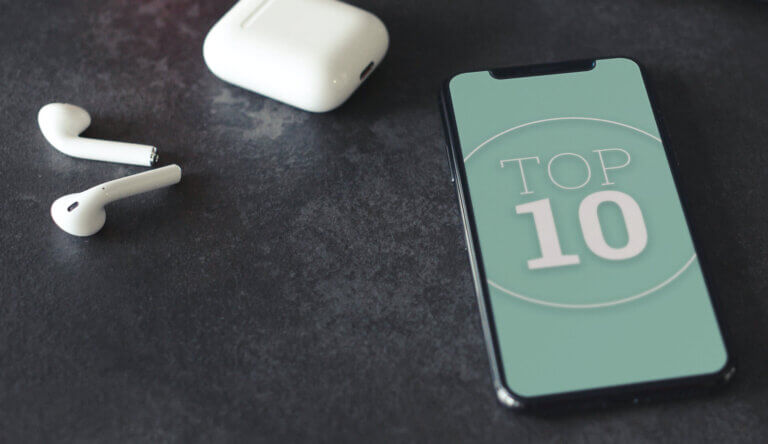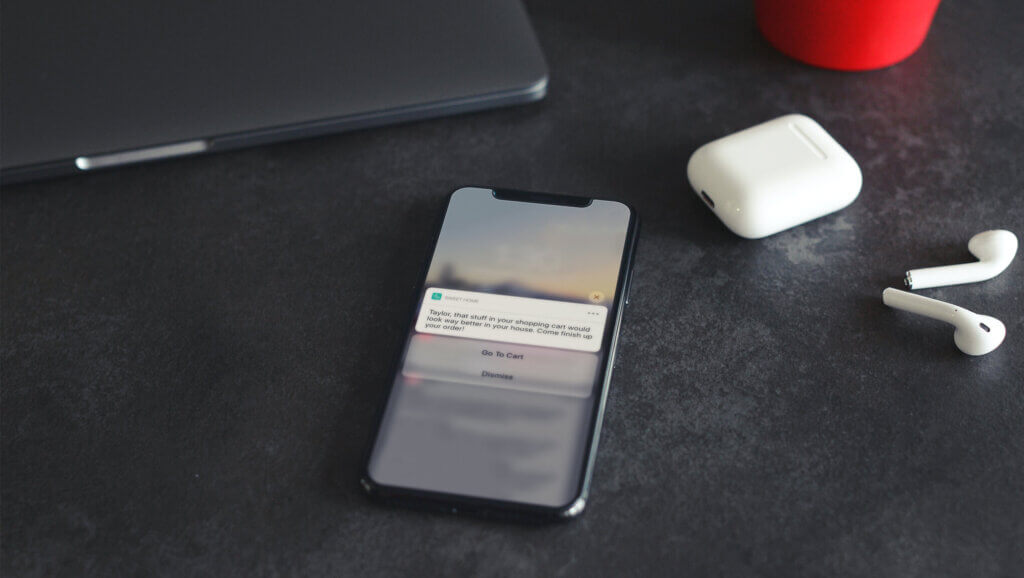
The Big “P” and Little “p” in Mobile Message Personalization

Share to my network
In this article
Categories
Book a meeting
By submitting my information, I agree that Airship Group, Inc. and its partners may contact me with marketing communications, industry content and event invitations.
Get a demoPersonalization is a hot topic in mobile engagement, but we’ve found the concept can mean different things to different people.
Depending on your perspective, it can mean:
-
Targeting – sending the right message to the right individual, based on everything you know about them
-
Timing – delivering the message at exactly the right time
-
Content – custom-tailoring the content of the message to the individual
One of our top customers, a market leading retail brand, shared a concept with us that we thought sheds light on the subject: just as marketing has big “M” and little “m”, there is a big “P” and little “p” in personalization.
“P” vs. “p”
-
“Big P” personalization is delivering the right message at the right time. Any message arriving in a timely fashion, with information that’s highly useful and relevant to the user feels Personalized — like it was meant just for them — and furthers your goals.
-
“Little p” personalization is a message that contains personal information e.g. First Name, Last Name, products from an abandoned shopping cart, their home city, which increases the usefulness of the message and contributes to the overall feeling of Personalization.
Consider the messages that resonate most — sports scores that they explicitly asked for, activity on their dating profile, gate change alerts for their flight, a mention on a social network: all are personal, but vary in the amount of personal information contained within the message.
Big P Personalization
A variety of techniques contribute to big P Personalization, but audience segmentation is the place to start. Segmentation information draws from a variety of sources, listed here in order of increasing sophistication/effort:
-
Behaviors: What the customer does (or doesn’t do) inside the app
-
Location: Where the customer is in the world, and where they’ve been
-
Preferences: Features and information the customer explicitly requests
-
Application Lifecycle: Their current stage in the app lifecycle journey
-
User Information: Facts you know about the customer (age, gender, conversions)
-
Customer Lifecycle: Their current stage of the customer journey
-
Customer Status: The standing of the customer’s account and/or loyalty level
-
Predictive Analysis: Applying machine-learning to predict user behavior
Segmentation makes it possible to send what could be considered highly personalized messages to entire groups, even without personalized content; in the context of a music app, for example, a notification that an album on your wishlist is currently on sale meets all the criteria of a Personalized message, while containing no identifying information. Same goes for a notification about a weather event in your immediate area. Think about the gate change for your flight: everyone on your flight gets the same message.
The timing of the message is also critical to Personalization.
-
Real-time Automation: Your automation system needs to be able to respond in real time, to catch users in the moment as they interact with your app: flashing the subscription offer once they’ve finished the first article, or with the menswear coupon when they’ve entered the men’s section. Some vendors run batch processing automation that can only respond after the fact, the next time they open the app — if there is a next time.
-
Best Time to Send: Does your automation system engage app users at the best possible time? With predictive models, not only can you re-engage at-risk users with automated messages when users become more likely to churn, but you can also send messages when each individual user is most likely to engage.
-
Local Time Delivery: Can you deliver the message at the right time of day, across all Time Zones, e.g. the daily digest in time for the evening commute, or the lunch offer by mid-morning when your audience is making lunch plans?
-
On-time Delivery: Does the message go out to your entire audience, exactly when you send or schedule it? Can it do that for your audience of 5 or 50 million?
Little p Personalization
Little p personalization, often known as “mail merge” in the direct and email marketing world, consists of substituting content into the body of a message using personal information, typified in the well-known personalized greeting, “Hi, John!”
The use of a first name can be effective, but not within a push notification: with only 62-100 characters appearing on a mobile device (depending on where it appears), it’s not a great use of real estate for your message. Rich messages, email, and in-app messages offer a much bigger canvas for personalization, more akin to the HTML-based email.
One major caveat: such personalization requires a significant upfront investment in system integration: you’ll need to surface all of the user profile information from your existing systems (CRM, EDW, etc.) into the engagement vendor’s tool. This typically requires API development, but Airship offers bridge tools familiar to those coming from the email world, allowing you to upload CSVs of data from batch extracts until you’re ready to invest in deeper API integrations.
Example: Create a member messaging template using merge fields to display a customer’s member number, points, name, and a unique link to install a loyalty wallet pass. Pull a CSV file from your CRM system with each member’s information, upload it at the time of send, and a message, personalized to each loyalty member, will be sent.
Airship Tools
Whether you’re talking Personalization or personalization, Airship has robust tools to help you achieve your goals.
Powerful Segmentation
Airship’s Named Users provides robust APIs that allow you to deeply integrate profile information for segmentation or content personalization. For customers looking for an intermediate step, our Audience Uploader enables bulk upload of custom segments.
Beyond this, Airship’s Customer Intelligence Analytics pinpoints and activates the customer segments most valuable to your business. Going beyond traditional analytics, it can help you create incredibly targeted campaigns based on what your users are responding to. You can identify and export your most valuable customers across channels, see exactly which tactics are driving engagement and results, and get a clear picture of activities that increase ROI.
Whether you’re capturing behaviors, preferences, stages in the app or customer lifecycle, our general-purpose profile lets you segment the way you need to reach the right audience.
Personalized Content
When it’s “little p” personalization you’re after, our merge-to-message utility allows you to deliver personalized content to your in-app Message Center. The way it works is simple: you define message content templates, and then supply the personal data for each individual receiving the message.
We offer a few varieties: a direct API to deliver one-to-one messages, templates that can be sent via API or through the UI, and a CSV uploader for delivering these messages in batch.
Real-Time Delivery
Of course, no one delivers better-timed messages than Airship. From our predictive send time and real-time automation to the industry-leading speed and scale of our platform, we ensure the right message is always delivered at the right time, delivering optimum results.
Partner Integrations
Many companies use more than one solution for CRM, messaging, analytics – the list goes on and on. Airship provides a number of out-of-the-box integrations for connecting its products and features with other vendors. This is often the golden key for achieving optimal personalization.
In addition to our Salesforce Marketing Cloud integration, we have capabilities with IBM, Adobe, and others.
Want to talk about how we can help you target and personalize your mobile messaging? Contact us anytime!

